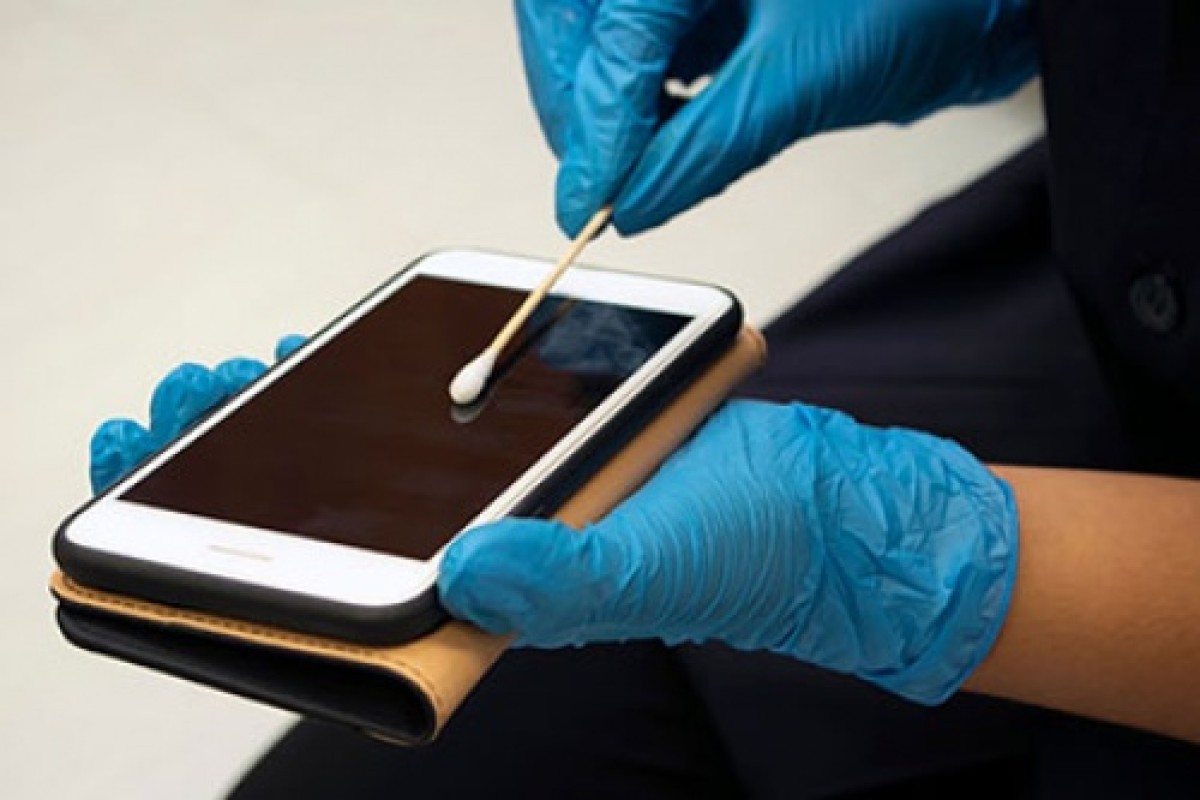Micro-organisms on Mobile Devices: The Facts

Did you know the typical mobile phone carries over 25,000 bacteria per square inch? That’s more than 14 times the bacteria found on a kitchen counter (1,736 bacteria per square inch), more than a dog’s food bowl (2,110 bacteria per square inch), and even more than a common doorknob (8,643 bacteria per square inch). Our phones come into contact with all sorts of surfaces, so it’s hardly surprising they can become a breeding ground for microbes.
Why Are Phones So Dirty?
One key reason is heat. Bacteria love warm, moist environments, and your phone naturally generates heat through its battery and internal components. Add to that the warmth of your hands or the snug fit of your pocket, and you’ve got ideal conditions for germs to thrive.
Another factor is our habits. We carry our phones everywhere, including some less-than-sanitary places - like the bathroom. As toilets flush, they spread germs through the air. Plus, we pick up germs by touching door handles, taps, or other contaminated surfaces and then transfer them onto our devices.
Which Bacteria Lurk on Your Device?
- Faecal Matter: A study by the London School of Hygiene & Tropical Medicine found that one in every six smartphones tested carried traces of faecal matter. Faecal bacteria can survive for several hours on hands and surfaces, leading to potential contamination and illness.
- E. coli: The same study revealed that 16% of phones tested had E. coli, which can cause food poisoning, diarrhoea, and occasionally more serious infections.
- Streptococcus: Often found on mobile devices, this bacterium can cause strep throat - a common illness in children - and more severe infections such as scarlet fever, impetigo, toxic shock syndrome, and necrotising fasciitis (flesh-eating disease).
- Staphylococcus aureus: Commonly referred to as “Staph,” certain strains can be harmful and responsible for everything from minor skin infections to serious conditions like MRSA (methicillin-resistant Staphylococcus aureus).
- Corynebacterium: This bacterial strain can lead to diphtheria, skin infections, pneumonia, and endocarditis (inflammation of the heart).
High-Risk Environments
Healthcare settings pose a particularly high risk. Healthcare workers routinely come into contact with MRSA and other disease-producing microbes, often transferring them to their phones if they aren’t properly disinfected.
How Do These Germs Spread?
It often comes down to respiratory droplets from coughs and sneezes, which can linger on surfaces. If you touch a phone contaminated with influenza virus and then touch your face, you could easily become infected.
The Solution: Biomaster Antimicrobial Technology
Adding Biomaster technology to a mobile device offers effective, durable product protection against these harmful bacteria. Here’s how it works:
- Universal Application: Biomaster can be seamlessly incorporated into plastics, coatings, or glass screen protectors during manufacturing.
- Non-Leaching: Its active ingredient is inorganic and does not leach out, meaning it remains within the product for consistent, long-lasting protection.
- Proven Effectiveness: Biomaster is used in thousands of applications that are prone to bacterial contamination - everything from mobile phone screen protectors and protective cases to tablet chargers in hospitals.
- Flexible Integration: Beyond mobile devices, Biomaster can be built into graphic overlays (such as user interfaces for industrial controls or medical equipment) to make them more resistant to dirt and liquids, which makes cleaning easier and more effective in hygiene-critical environments.
We can develop and test an antimicrobial solution for your product in as little as four weeks. Find out more about Biomaster HERE.
What Next?
🔗 Follow us on Social Media, here is our LINK TREE
✉️ See how our additive technology can benefit your business by CONTACTING US
🦠 Find out more about Biomaster Antimicrobial Technology HERE
🎥 Watch our video on how Biomaster works WATCH NOW
📰 Subscribe to our Newsletter - SUBSCRIBE
← Back to blog


